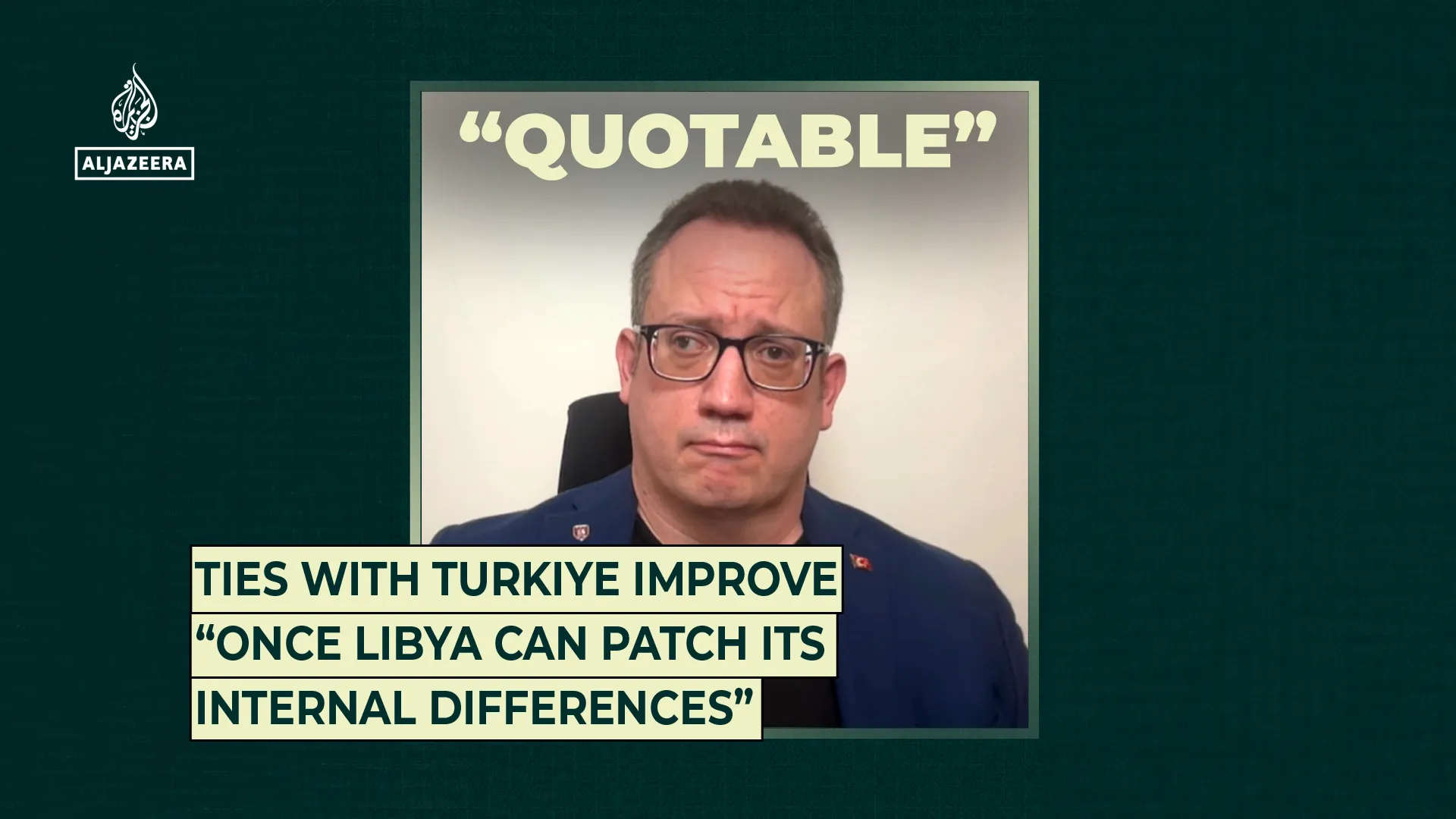Ties with Turkiye improve “once Libya can patch its internal differences” | Digital Series
Barin Kayaoglu, of the Social Sciences University of Ankara, says that a Libyan general’s plane crash in Turkiye is unlikely to impact the broader framework of Turkiye’s role in Libya.
Published On 24 Dec 2025
